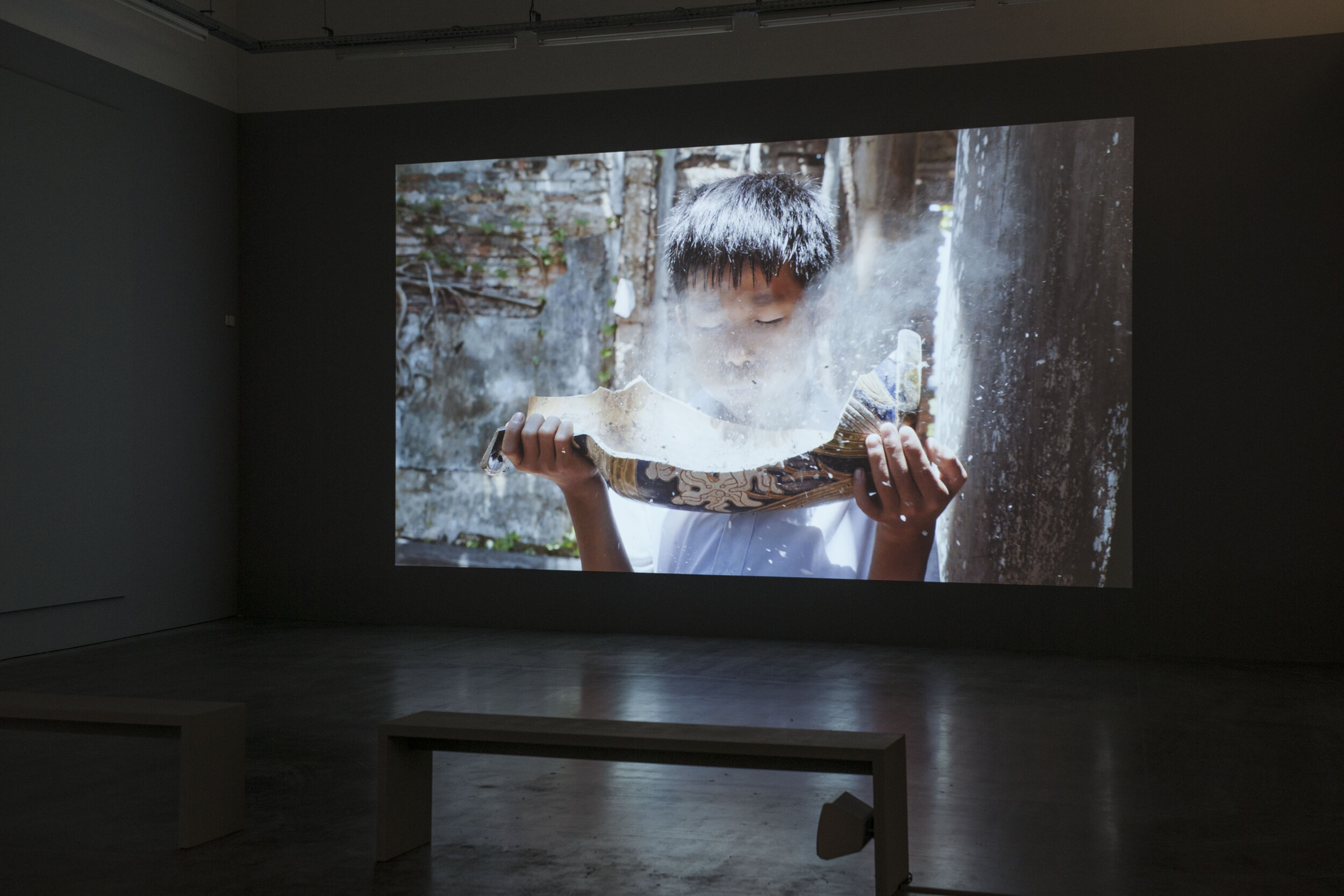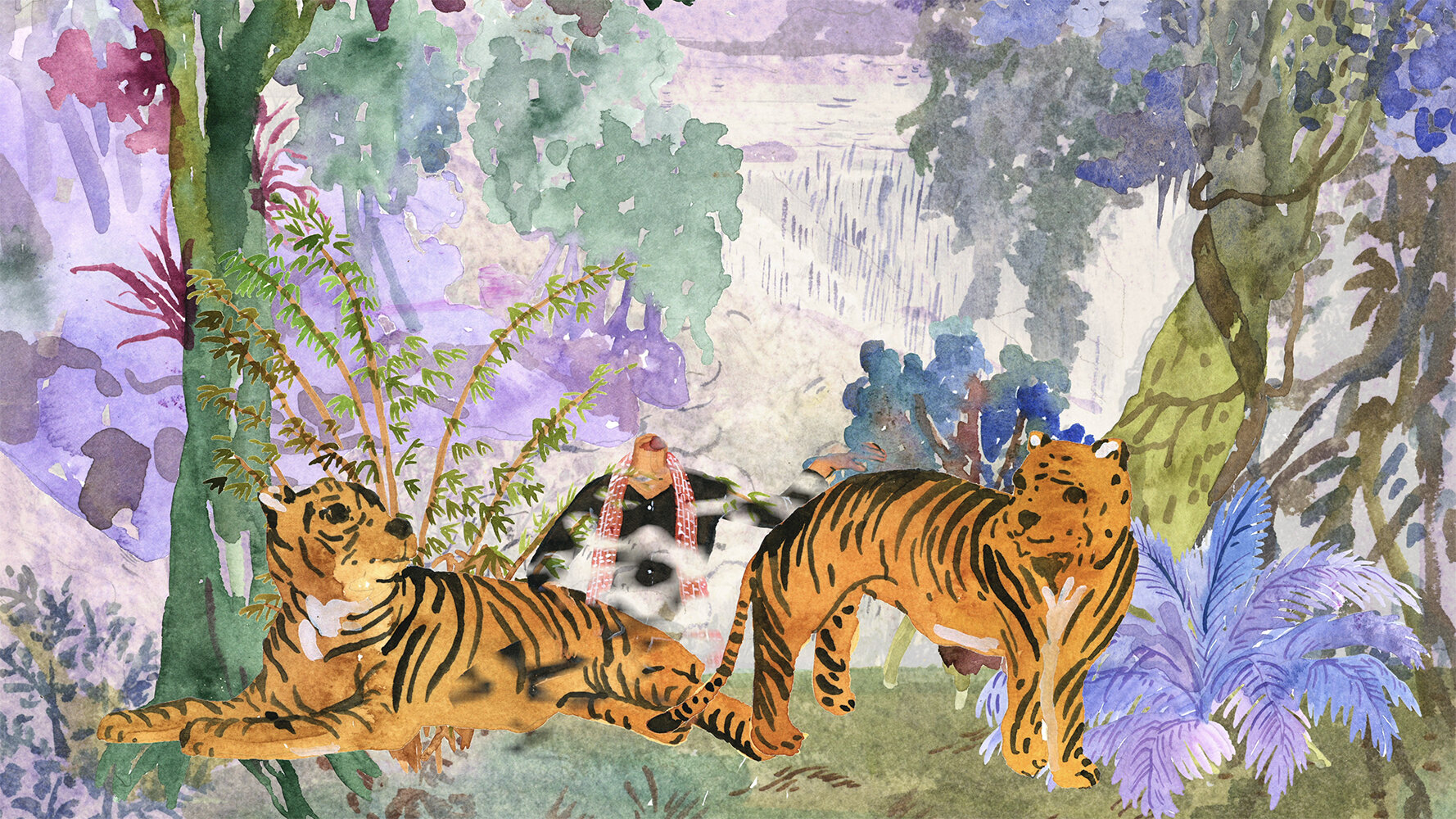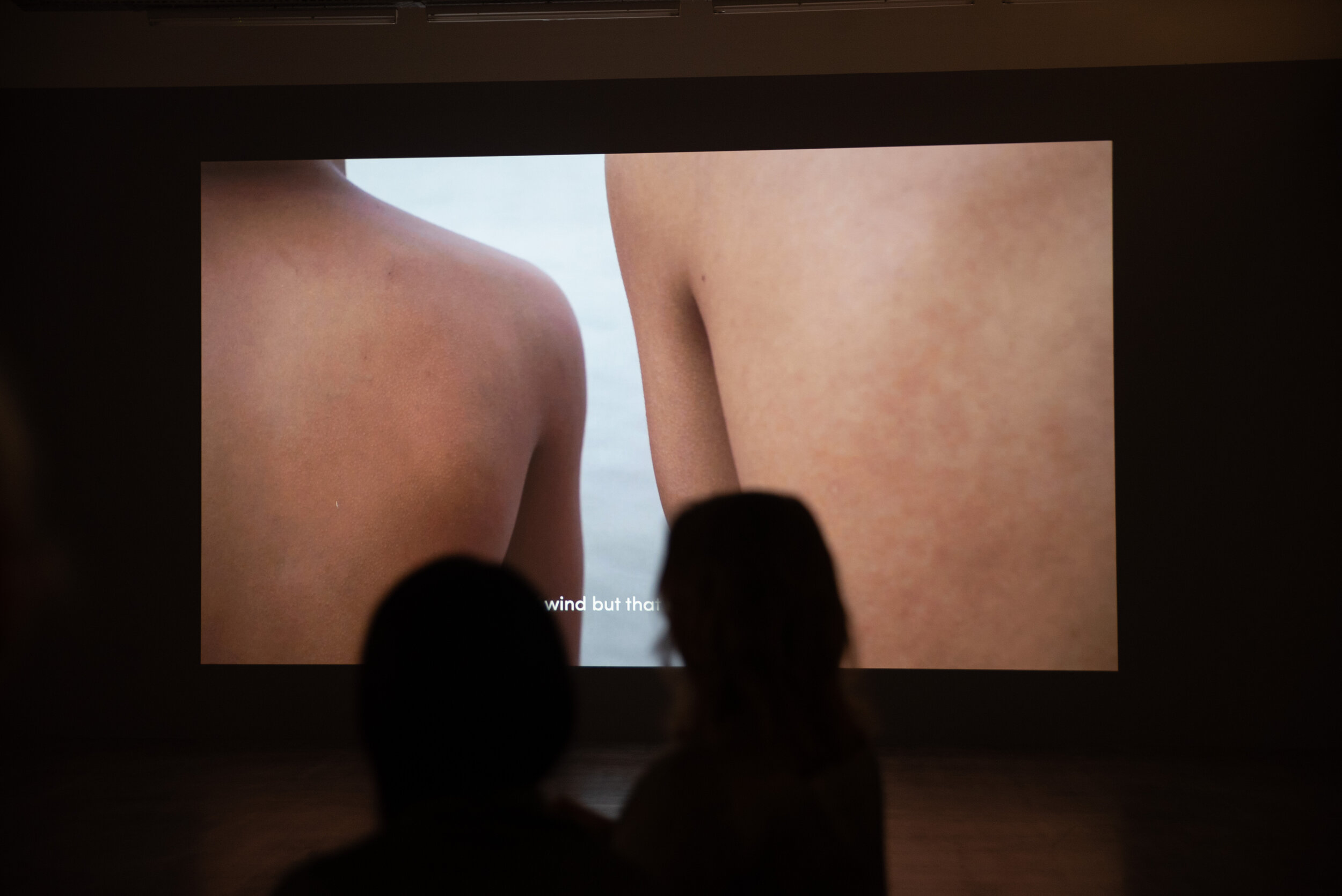Becoming Alluvium
2019-ongoing
Single-channel colour video, 16 mins, 40 seconds
Produced by the Han Nefkens Foundation
Becoming Alluvium - a single-channel colour film continuing Phan’s research into the Mekong River and the cultures that it nurtures. Through allegory, it explores the environmental and social changes caused by the expansion of agriculture, by overfishing and the economic migration of farmers to urban areas. “The Mekong civilization can be summarized in terms of materiality – the river of wet rice civilization – and in terms of spirituality – the river of Buddhism,” explains Phan. “However,” she continues, “unlike the teachings of compassion and mindfulness that are taught by Buddha, in reality, the land through which the Mekong flows experiences extreme turbulence and conflict […]. In recent decades, human intervention on the river body has been so violent that it has forever transformed the nature of its flow and the fate of its inhabitants.”
Despite its non-chronological narrative and associative logic, Phan’s film can be divided into three main chapters. The first opens with a citation from The Gardener by Indian poet Rabindranath Tagore, published in 1913, which speak of the unity of the human and natural universe. The film recounts the collapse of a dam that caused the death of many villagers downstream, including two teenager brothers. “They reconcile in their next life, in which the older brother reincarnates as the Irrawaddy dolphin, and the little brother as the water hyacinth,” says Phan. “Both are iconic,” she continues, “the Irrawaddy dolphin being a beloved fish of the Mekong, the water hyacinth being a notorious invasive plant.” The work manifests her belief in the moving image as a “cascade of reincarnations,” influenced by her upbringing in a traditional Vietnamese family, where Buddhism, Taoism and Confucianism co-exist alongside a multitude of local deities.
The second chapter of the film combines images of people navigating the Mekong as they go about their daily lives, with a voiceover reading from L’Amant [The Lover] by the French author Marguerite Duras. This is an autobiographical novel published in 1984 that recounts Duras’ coming-of-age in French Indochina (present-day Vietnam). This chapter of Phan’s film is the most documentary in its visual language, yet through its lyrical tone manages to mix the epic with the everyday; for example, combining images of rubbish heaps with reflections on waste from Italian author Italo Calvino’s 1972 novel Le città invisibili [Invisible Cities]. By citing such writers, Phan taps into a rich literary tradition of philosophical travelogues and imagined or (mis)remembered stories of far-flung lands.
The final chapter retells a Khmer folktale about a princess who insists that man should recreate the beauty of nature: in this case, by producing jewellery as beautiful as the morning dew. The story is told via Phan’s animated illustrations, in which she paints her protagonists – together with various wonderful examples of flora and fauna – over 19th-century engravings. The latter are illustrations by French explorer Louis Delaporte who was part of an expedition that attempted to reach the source of the Mekong. Phan ornaments and adapts Delaporte’s images with a variety of headless characters, inspired by a decapitated Khmer statues that she encountered in the Musée Guimet in Paris; a rare and ancient sculptures that were “saved” by being taken away by the colonising power.
Text by Zoë Gray. All quotations of the artist taken from the accompanying book Monsoon Melody.





